When the great oak doors of the Park Avenue Armory open for the third edition of TEFAF New York Fall this autumn (27–31 October), visitors are unlikely to see any significant change in the size and presentation of this top-quality, elegantly presented art and antiques fair. This year, the tweaks to the event’s already successful formula have happened behind the scenes. Here, the end of the two-year management services agreement with Artvest – the company that staged Spring Masters at the Armory from 2014–16, and with which TEFAF joined forces to establish the two new fairs in New York – has enabled the European Fine Art Foundation to take full control of the Manhattan fairs. Artvest retains a 49 per cent stake in TEFAF New York and holds two of five seats on the TEFAF New York board
‘Our changes are not spectacular,’ says the New York-based Nanne Dekking, chairman of the TEFAF board of trustees, speaking over the phone in the summer. His focus, he admits, has been on procedures: ‘We wanted to have one set of standards and procedures, and greater transparency in both the vetting and selection committees.’ He continues: ‘If there is one market where there has been a fall in consumer confidence, it is the art market. This is the reason why the market has not grown in the last 10 years, or only grown exponentially at the top end. If it is to grow, we have to reassure the public. We want to give first-time buyers in particular the confidence to buy here.’
What ‘a more independent and objective vetting committee’ means in practice is the end of vetting by fellow dealers, unless there is no other appropriate scholarly expertise available. Certainly all vetted fairs have seen some dealers use the process to settle old scores or rivalries, or have been reluctant to jeopardise personal or professional friendships. At the helm of the New York fairs now is Sofie Scheerlinck, who joined TEFAF earlier this year to manage global integration. ‘If a team enjoys working together, it can achieve miracles,’ Dekking says.
Will there be a miracle on 67th Street? Happily for the oversubscribed and well-visited autumn fair, they do not need one. The fact that this year’s TEFAF Maastricht was the most successful in recent years is also auspicious, given that the autumn fair is similarly wide-ranging in its emphasis on older fine and decorative art. The organisers have been working hard, not least through lectures and symposiums, to promote historic art in a marketplace long dominated by the modern and contemporary, and continue to reach out to museum curators across the US. As for the 90 exhibitors, global integration is already quite impressive with 16 different nationalities represented.
The 12 new exhibitors come from France, Italy, the UK and the US. The range of their offerings encompasses anything from antiquities – Cybele (Paris) – to master drawings (London-based Stephen Ongpin Fine Art), Japanese and Korean art (Sebastian Izzard from New York) and the vintage photography supplied by Los Angeles-based dealer Bruce Kapson. To mark the 150th anniversary of the birth of Edward S. Curtis, Kapson is presenting the most comprehensive show ever staged of the photogravure printing plates used in the photographer, ethnographer and filmmaker’s epic publishing venture, The North American Indian (1907–30). The medium lends an extraordinary materiality and almost three-dimensional quality to these eloquent images of a proud people and their disappearing way of life, from portraits of Apsaroke chiefs to the dawn river mists enveloping a solitary Kutenai out duck-hunting in his canoe, made in around 1910.
It was J.P. Morgan who, in 1906, gave Curtis $75,000 to cover the expense of this 20-volume series, and it is almost inevitable that this legendary financier, philanthropist and collector should take another bow at the fair. Vanderven Oriental Art, which celebrates its 50th anniversary this year, presents a Kangxi-period triple gourd vase that once belonged to Morgan (and later to Norton Simon), one of a group of colossal porcelain vases that bear testimony to the technical mastery of the Jingdezhen potters in the late 17th–early 18th century. This piece of blue and white stands just over a metre high.
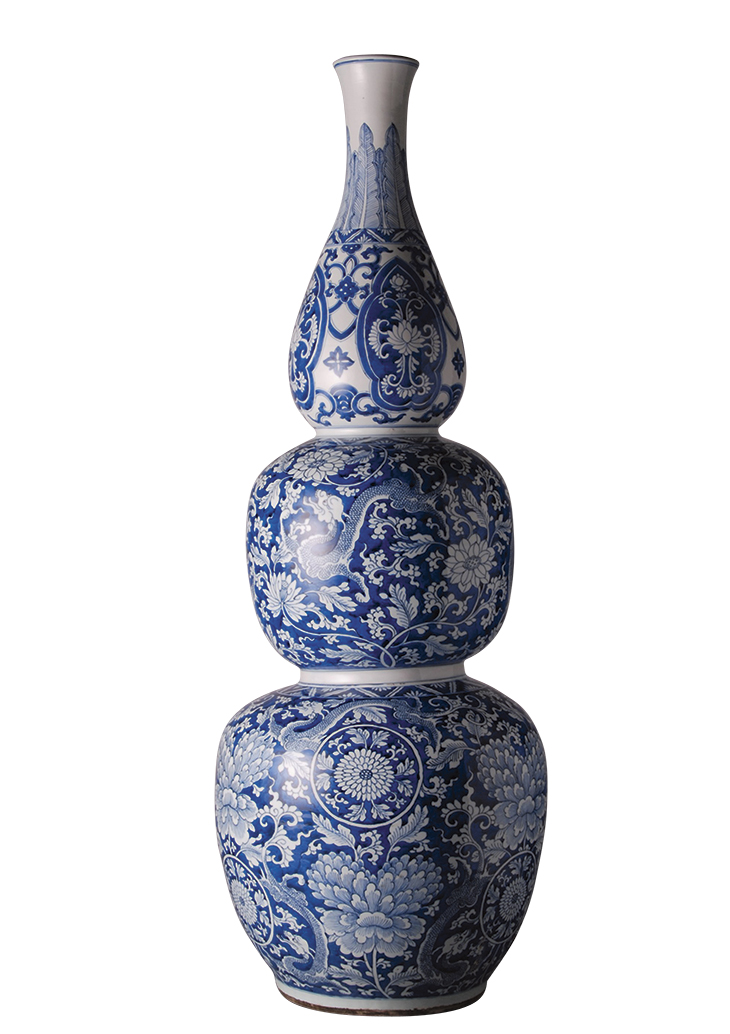
Triple gourd vase, Kangxi period (1662–1722), China. Vanderven Oriental Art, price on application
There is evidently a touch of gigantism in the air. Another Dutch dealership, A. Aardewerk Antiquair, presents a pair of spiralling, flower-tipped silver sugar casters signed by Reynier de Haan in 1772; at 24.5cm high, these rank among the largest ever made in the Netherlands. Yet monumentality, as is well known, is not always a question of scale, as the bold form and striking geometries of a terracotta urn and cover from 6th–4th-century BC Etruria demonstrate. Shown by antiquities dealers Safani, it came from the collection of the late Patti Birch, a long-time supporter of the Met. Evidence of the unlimited number of connections that this encyclopaedic fair offers to the keen-eyed visitor is the quite different spirit of the ‘Etruscan’ chair exhibited by Burzio. This carved mahogany siège à l’antique of around 1790–95, with its inverted backrest and ‘C’-shaped legs bound together by a sheaf of laurel leaves, is the work of the best French cabinetmaker of the day, Georges Jacob.
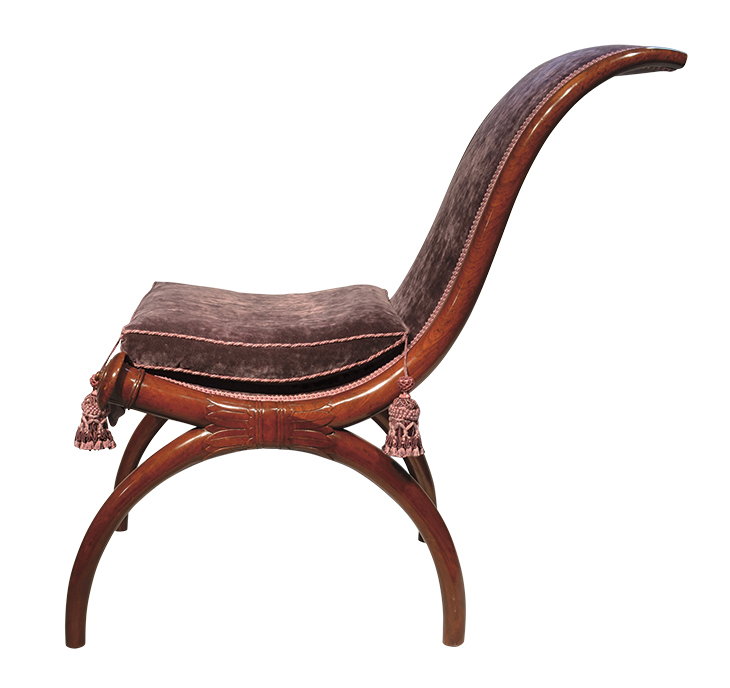
‘Etruscan’ chair (c. 1790–95), Georges Jacob. Burzio, price on application
It would seem that books and manuscripts go down well in the US, for in this edition of TEFAF an already strong section is further bolstered by the arrival of Librairie Amélie Sourget from Paris. Bound to appeal at Dr Jörn Günther’s stand is a rare French compilation including five of Ovid’s Heroides, made in Paris around 1493 for Anne of Brittany, queen consort of France. These are presented as if written by the abandoned women of antiquity – Ariadne, Dido, Oenone et al. – and addressed to their faithless lovers. The tyranny of men was a sympathetic subject for a great heiress forced to marry Charles VIII and agree, that if widowed, she would marry his successor. The brilliantly hued full-page illustrations, by the Master of the Chronique scandaleuse, are a joy to behold.
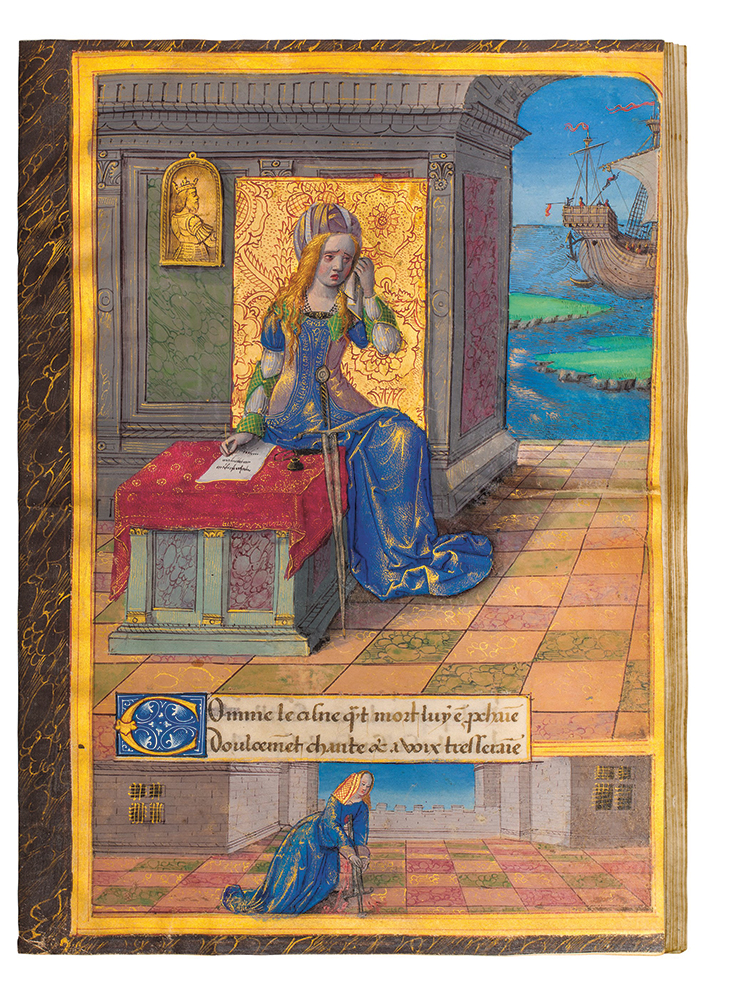
Epistres d’Ovide and three French poems (fl. c. 1493–1510), Master of the Chronique scandaleuse. Dr Jörn Gunther Rare Books AG, €1.2m
With this fair so firmly established, are there any concrete plans for the much discussed expansion of the brand? ‘Everyone wants to expand but my view is that we should hold back,’ Dekking says. ‘We are doing a good job but we can do it better. Only when we are sure we have got everything right should we begin to look around again. Where any new fair might be is not yet clear – Shanghai, Hong Kong, Los Angeles?’ They are, however, working on a new look for the fairs. ‘Whatever we do, we want to continue to set the standard for the art and antiques fair.’
TEFAF New York Fall takes place at the Park Avenue Armory from 27–31 October.
Unlimited access from just $16 every 3 months
Subscribe to get unlimited and exclusive access to the top art stories, interviews and exhibition reviews.


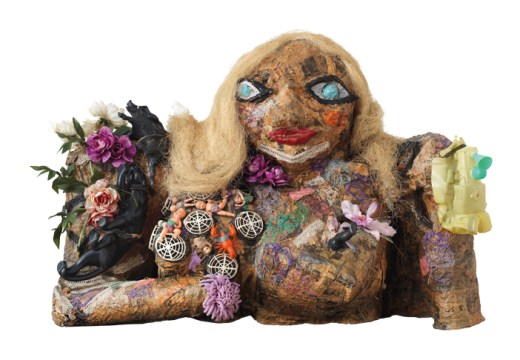
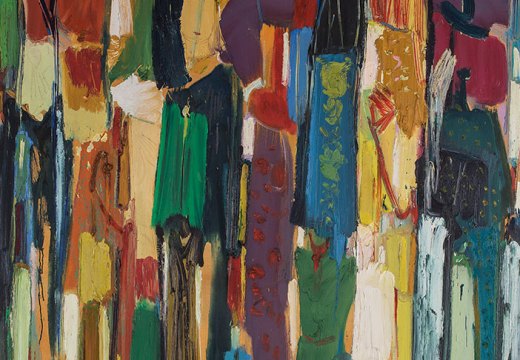
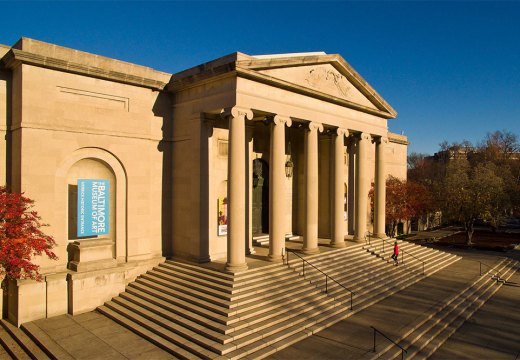









![Masterpiece [Re]discovery 2022. Photo: Ben Fisher Photography, courtesy of Masterpiece London](http://www.apollo-magazine.com/wp-content/uploads/2022/07/MPL2022_4263.jpg)
It’s time for the government of London to return to its rightful home